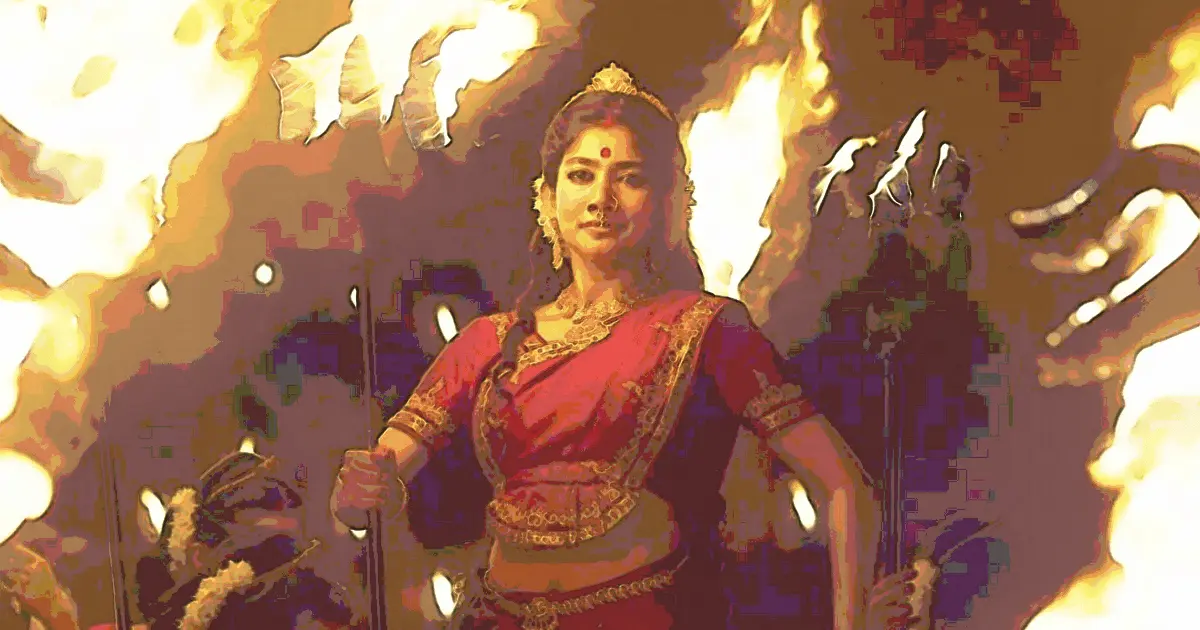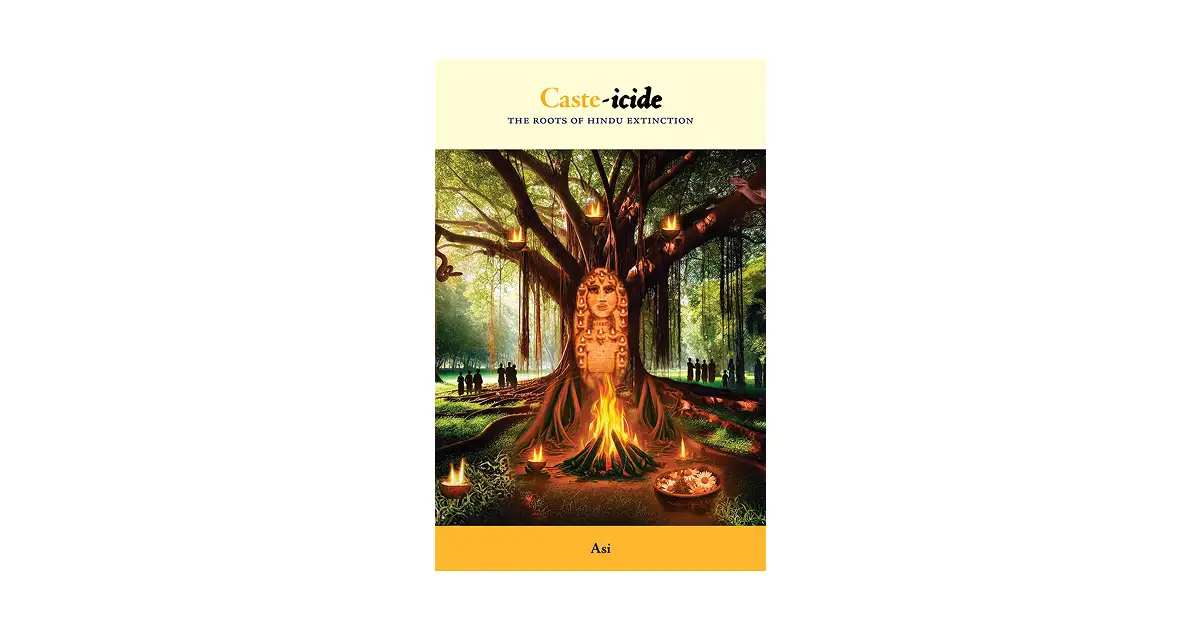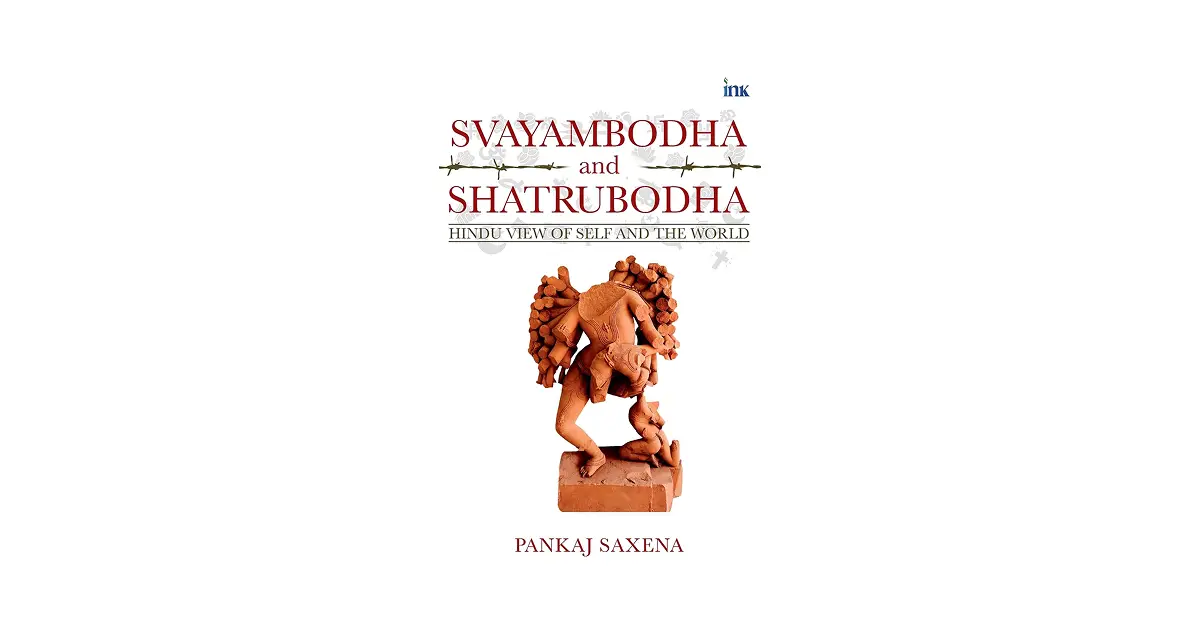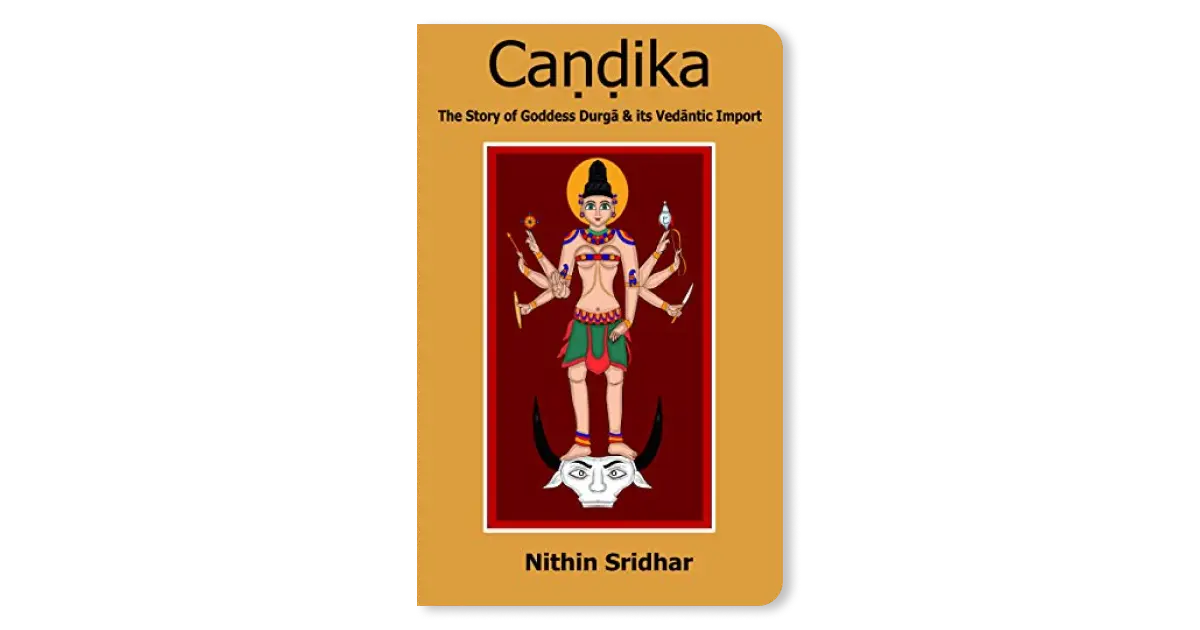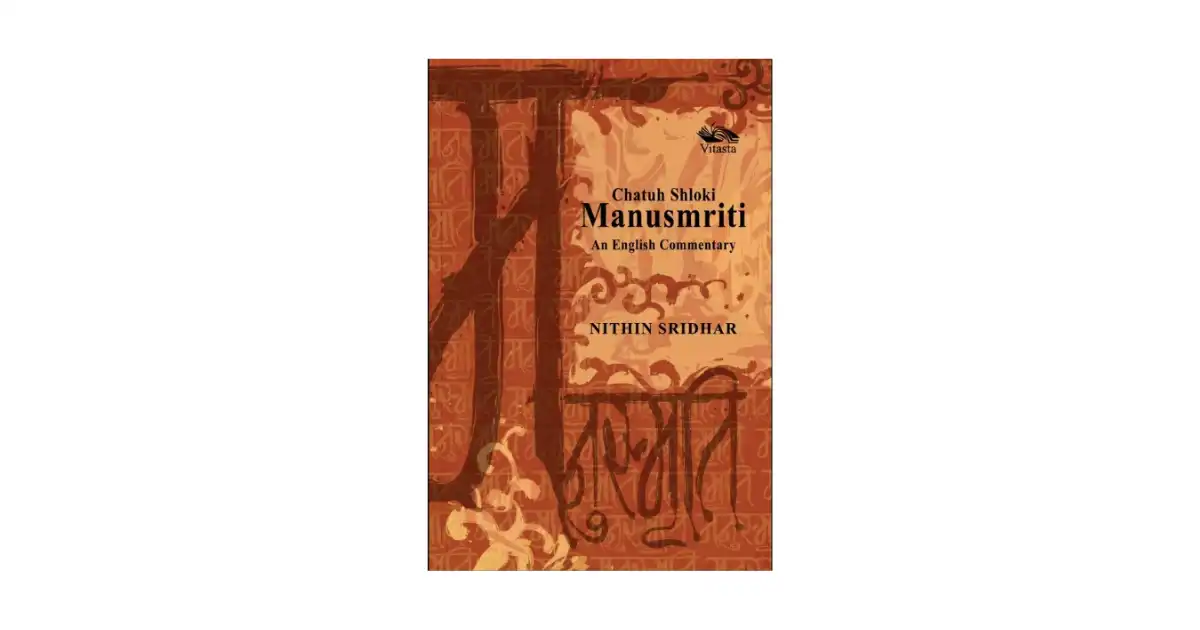ॐ श्री अनिरुद्ध सरस्वती
Today we are not drinking pure water, not breathing pure air, but we can hear pure bliss of you Panditji.
This is a comment under a song by Pandit Bhimsen Gururaj Joshi (1922-2011), one of the greatest Indian vocalists from the Hindustāni classical tradition. The comment was by no means solitary, nearly every commenter expressed their awe.
Evoking such bhāva is no mean feat, it takes an unreal level of dedication to raise art to that pedestal like Pandit Joshi did, and it is possible only with a reverence for the craft. The whole Bhāratīya pantheon of the 64 kalās, from iconography on temples to puppetry on stage to the various nṛtyas scattered throughout the land, all aim at generating this anubhava in the experiencer.
In the Hindu worldview, art is something which is beautiful, meaningful and which elevates the soul.
Hence, when art is laced with propaganda it not only becomes a tool to mislead, it does a disservice towards its higher purpose of unlocking beauty and thenceforth spiritual truths. It, therefore, becomes necessary for us to identify and check propaganda, not just to separate truth from untruths, but in the wider interest of preserving a gateway to divinity in human life.
Examples are not wanting to demonstrate the deluge of propaganda that Hindus are subjected to through their own country’s cinemas: we have the desert robber edifying, brāhmaṇa vilifying Shamshera, the Indian army denigrating, Forrest Gump ruining Lal Singh Chadda and the caste consciousness engendering Jai Bhim, among others. However, for the present examination, the 2021 Telugu movie Shyam Singha Roy presents a suitable candidate.
Plot
The movie follows the story of Vasu (played by Nani), an aspiring 21st-century director who is toiling hard to make his mark in the cinema industry. Post the success of his first film however, it is discovered that his story is an indistinguishable copy of an earlier work produced by a popular Bengali communist writer of the 1970s, Shyam Singha Roy. Following the evidence of this mysterious coincidence, it is discovered that Vasu was Shyam Singha Roy in his past life.
Cushioned in this story of the rediscovery of identities, is a tale of Hindumisia, which bursts forth from Shyam whenever he encounters Hindu customs. The customs in this movie are not just misrepresented, they are so designed as to generate repugnance. From untouchability to evil brāhmaṇas to oppressive devadāsī prathā, this movie perverts various Hindu ideas to present them in the vilest possible manner.
Shyam’s arc in the movie starts with him encountering an untouchable, waiting at a well to be offered water by a high caste. Despite being goaded by Shyam to draw water from the well, when the unfortunate untouchable refuses, Shyam hurls him down the well, much to the fury of the upper castes. Next, Shyam discovers the devadāsīs in his town, who are enslaved in the temple precincts and are only allowed to interact with the outside world during their performance for Navarātri. The cyanide on top is the evil brāhmaṇa paṇḍita, who treats the devadāsīs as his sex slaves and even indulges in paedophilia.
In his heroic attitude, Shyam rescues his love interest from the clutches of the priest, renames her, punishes the brāhmaṇa, and then becomes a crusader against social injustice.
Where is the propaganda in this, secularists may ask? Isn’t it a God-revealed fact that Hindus practised the worst forms of untouchability (still do)? Wasn’t devdāsī tradition a vile form of temple prostitution, which was finally banned by the progressive governments? Aren’t brāhmaṇas the fount of the Caste System, that demonic creation which has imprisoned the downtrodden lower castes in perpetual slavery to the upper castes? What is wrong in depicting such realities in cinema?
An organic dhārmika society is one which grows, reflects, rectifies and repeats the cycle naturally on its own. True, infusion of external critiques from time to time is a necessary determinant in testing its openness and receptiveness, but the identification and incorporation of such ideas must be in line with said society’s pace and approach. Grafting may work well with plants, but with humans it uproots more than it upholds.
One will observe that none of the evils outlined in the movie had been diagnosed as such before the European missionary contact with India in the early 16th century. They were broadly the mischievous result of misrepresentation and atrocity literature.
Europe, coming out of Protestant Christian Reformation and empowered by Enlightenment, sought to discover and convert the world in its own image. Therefore, it mapped various customs it encountered with its own customs back home; so Jāti Prathā1 and Varṇāśrama Dharma2 together were perverted as caste. And in the process of casting the jātis, institutions began distributing certificates so as to freeze the status of communities in the eyes of the State, and thus provided a permanent stick to beat the Hindu community with.
The Hindū jātis were a marker of occupational identity, along with providing social currency to the individual in the milieu. Different jātis had their own customs, and the system of hierarchical discrimination was less severe than the Western feudal system, where the division of people was much more concrete. Hindu society fell into decadence post the religiously motivated invasions, but this fact was quietly buried and Hindus were propped up as poster boys of the caste system along with untouchability.
Europe had its own untouchables, called cagots who lived in separate settlements called cagoteries. So did many Asian countries such as Japan. The discrimination meted out to untouchables in Europe was no less than that of their Indian counterparts, if not worse. This was apart from slavery, which has caused gigantic human suffering throughout the planet, and which has had no reparations till date.
Europe was able to liberalize and abandon its castes through economic development via colonization. Inversely, the invaded, colonised and impoverished countries stiffened their societal faultlines. In Bhārat, caste was that faultline which was exploited to the hilt by the colonisers and subsequently by their collaborators. Calls for the removal of social evils have always been a natural phenomenon in Hindu society. But such efforts were hidden from sight through selective Western education generated blindness.
There is profit in projecting guilt onto the other, and today that phenomenon has acquired academic proportions thanks to Critical Caste Theory, a malicious offspring of the Critical Race Theory. Now caste, Indian in origin, is sought to be branded as the motherlode of all discriminations in the world, and annihilation of Sanātana Dharma is suggested as its remedy. Movies such as Shyam Singha Roy serve in ingraining that prejudice into the subconsciousness of the innocent masses.
Another object of derision in the movie has been the devadāsī prathā. Devadāsī literally means a servant of devatā, yet a quick google search will throw up results suggesting anything but. To understand the practice, one must first have a brief idea of the conception of devatā, before one starts questioning God's needs for servants.
Devatās, literally luminous beings, are divinity manifest in a form in which ordinary humans can approach them. An excellent overview of devatā/devī from the Śākta perspective can be found here. The whole of ritual in the Hindu worldview is centred around the devatās, who are addressed, obeisanced, loved and served by their Bhaktas. Needless to say, the devadāsī tradition springs from this devotion, and the respect they were accorded in society was due to this very dedication.
While the devadāsīs completely devoted their lives to the deity and became experts in the various arts of classical dance and music, they were generally expected to remain celibate. However, there have been many instances in which devadāsīs have had partners with whom they had had children. Notwithstanding their sexual preferences, they were always a highly respected group looked up to by society. In Odisha, devadāsis of the Jagannātha temple used to be called Māhārīs. Māhārī means Māhān Nārī or Great Woman, being the wife of Prabhu Jagannātha. Another etymology is māhā ripu āri- one who conquers the five ripus: enemies. They are also called sarva-saubhāgyavatīs because they can never be widowed.
With the fall of the Hindu political power in the face of millenia of invasions and colonisation, the temples fell into decay and so did the tradition. With the rulership passing into the hands of those who revelled in sex slavery, it was a miracle that this tradition still survived. The ultimate blow came in the hands of the coloniser, whose loot of temple wealth combined with stopping of all sources of its income led many devadāsīs to fall into prostitution to make ends meet.
To twist that glorious history of devotion, service, and artistic refinement, into projecting the temple paṇḍita as a worst sort of (paedophile) sex slaver, who keeps the devadāsīs for his personal lust, is a crime against humanity and a well crafted attempt to malign a community.
Needless to say, such depictions aim to guilt-trip the Hindus into believing these negative stereotypes about their culture and thus become progressively deracinated. But what explains this rain of propaganda which has been a constant presence in modern Indian Cinema’s history?
Being a recipient and generator of propaganda, Adolf Hitler had explained the purpose of continuous propaganda succinctly:
“But the most brilliant propagandist technique will yield no success unless one fundamental principle is borne in mind constantly and with unflagging attention. It must confine itself to a few points and repeat them over and over. Here, as so often in this world, persistence is the first and most important requirement for success.” 3
The actual significance of the “few points” mentioned above can be understood by these dārśanika words of modern day seer Ram Swarup:
The alien rulers decided that the leading ideas of Hinduism were idolatry, polytheism, Brahmanism and other "superstitions''. The fact that these categories belong to Semitic thought and history and have never been used by the Hindus in discussing their fundamental ideas was completely disregarded. Similarly, the fact that the basic ideas that have occupied Hindu sages are Rita, Dharma, interchange between gods and men (parasparam bhavayantah). Brahmavada, Atma-vada, Advaita, Purusha-prakriti-jiva, Yoga, Mukti, the four purusharthas, Karma and Rebirth, the four stages, the four debts, the divine qualities (daivi sampada) like non-violence, truthfulness, friendliness and compassion for all (jiva daya), welfare of the world (loka samgrah), microcosm-macrocosm (pinda-brahamanda), multiple modes and planes of existence psychic and spiritual (lokas), cycles of creations and dissolutions set in a time-scale which should be the envy of modern astronomers and space geographers-all these did not count. The rulers arbitrarily decided that Hinduism was a miscellany of gods and creeds and castes and was idolatrous.4
There has been plenty of attempted subconscious tuning in the movie. Apart from the overt vilification as mentioned above, the covert attempts such as attaching a catchy tune with the entry of the reformer, as well as communist ideology of the reformer are also inserted. However, there was one particular piece which was most heartbreaking to this author, something which might not have been imagined as propaganda by the creators perhaps. It was the renaming of the female protagonist from Maitrī to Rosie.
Maitrī implies compassion, benevolence, and loving kindness, but its meaning goes much beyond such simple emotions. Again paraphrasing Śrī Ram Swarup, words have a deeper life of their own, beyond their outward meaning. He outlines how a purified mind is able to delve into the depths of the citta bhūmis through words itself and arrive at the ultimate. Maitrī and karuṇā are two such words which lend themselves most easily to dhāraṇā, the process of going within.
Replacing Maitrī with Rosie is not only intended at erasing a culture, it signifies the foreclosure of a door which is the endowment of the entire humanity. It is what is happening in the world around us today, with the avenues of going within shrinking by the day, coupled with the rise of despair. Therefore, it becomes the responsibility of every dhārmika to buck the trend and keep the torch of dharma alive, through both knowledge and action.
References and Glossary
Jaati: Jati is a Sanskrit word meaning birth. The term is used for the thousands of clans, communities, tribes and religious groups in India, and may also refer to a caste within Hindu society. An Indian person’s surname will often denote their jati association. Typically, each individual jati is associated with a traditional tribe, religious belief or job function. However, a jati within Indian and yogic philosophy can denote any group that is united by a set of generic characteristics. What is Jati? - Definition from Yogapedia. (2016). Yogapedia.com
Varnashrama Dharma: Varna, according to Hindu scriptures, refers to the classification of people based on their qualities. The term is derived from the Sanskrit word, vr, which means to describe, to classify or to cover. Varna is classified into four types: brahman, kshatriya, vaishya and shudra. What is Varna? - Definition from Yogapedia. (2016). Yogapedia.com
Adolf Hitler, Mein Kampf, trans. Ralph Mannheim (Boston: Houghton-Mifflin, 1943), 42, 179-185.
Ram Swarup, Hinduism and Monotheistic Religions (New Delhi: Voice of India, 2015), Pg 283.
